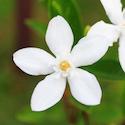Asiatic jasmine, also known as Trachelospermum asiaticum, is a popular ground cover plant that is prized for its attractive green foliage and delicate, white, star-shaped flowers. However, like any plant, it can fall victim to the pesky problem of weed growth.
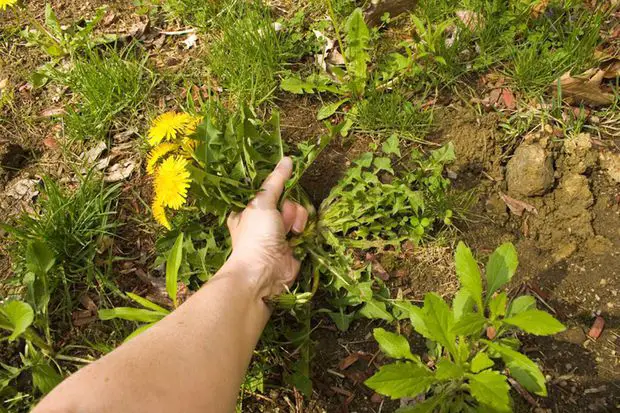
Weeds are an unfortunate fact of life for gardeners, and they can be especially problematic when they start to grow around or in your Asiatic jasmine.
Not only do they detract from the beauty of the plant, but they can also compete for valuable nutrients and resources, ultimately stunting the growth of your jasmine.
Weeds can be especially difficult to remove since they often have deep roots. So, how to eliminate weeds in Asian Jasmine?
Hand weeding, mulching, herbicides, and cultivation. Preventing weeds by maintaining healthy plants through proper watering, fertilisation, and regular pruning can also be effective. It is important to identify the types of weeds and use caution when using herbicides.
Reasons why getting rid of weeds is essential for maintaining a healthy and beautiful Asiatic jasmine plant in your garden:
Types of weeds in Asiatic Jasmine
Identifying the types of weeds before taking action is also crucial for maintaining a healthy and beautiful Asiatic jasmine plant in your garden.
Different types of weeds have different root structures and growth habits. Therefore, requiring different methods of removal, and some methods may be more harmful to your plant than others.
Some types of weeds are more aggressive than others and can spread quickly if not removed properly.
Some methods of weed removal, such as using herbicides or digging too close to your plant's roots, can damage your Asiatic jasmine plant.
Therefore, identifying the types of weeds can help you avoid using harmful methods and choose methods that are less likely to harm your jasmine plant. Common types of weeds in Asiatic Jasmine:
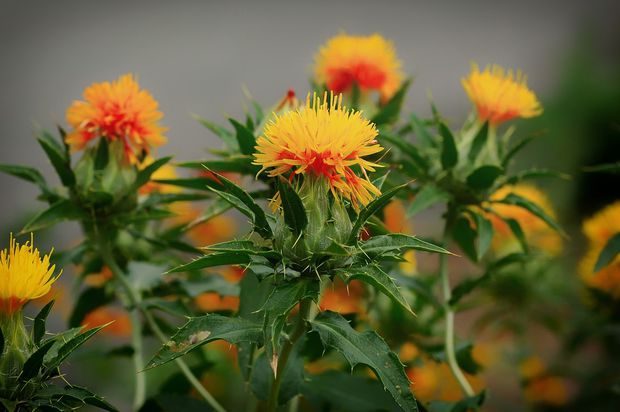
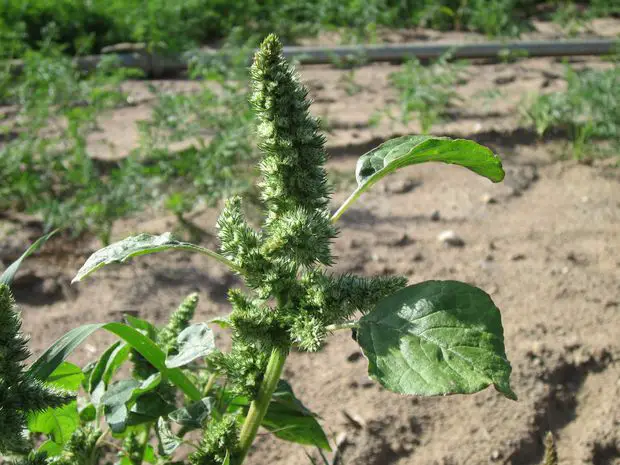
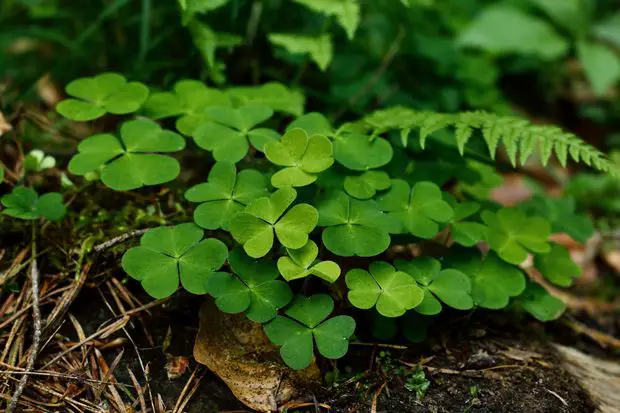
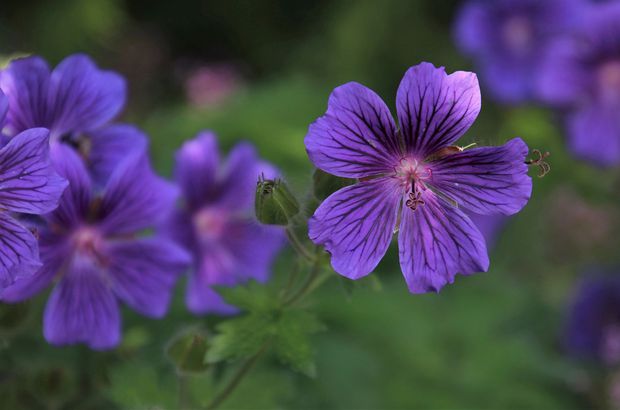
How do you kill weeds in Asiatic jasmine? Methods for controlling weeds
Controlling weeds is crucial to maintain the health and beauty of Asiatic jasmine plants in the garden. Here are some methods for controlling weeds:
Hand weeding
This is the most straightforward and cheapest method of weed control. It involves manually pulling out weeds by hand using a hoe, hand trowel, or cultivator.
Hand weeding can be time-consuming but is an effective way to remove weeds before they become established.
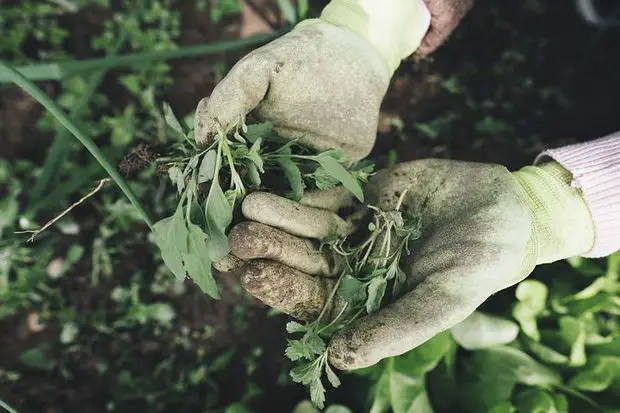
Step-by-step instructions:
Put on gloves to protect your hands from cuts and scrapes. Choose gloves made of a durable material that fits snugly to your hand to ensure you have good dexterity while weeding.
Identify the weeds you want to remove. Asiatic jasmine is a groundcover plant, so it is common for weeds to grow around and within the plant.
Some of the common weeds found in Asiatic jasmine gardens include crabgrass, dandelions, clover, and chickweed.
Gently pull the weeds out by the roots. Take care not to pull too hard, as this can damage the Asiatic jasmine plant.
If the weeds are difficult to remove, use a hoe, hand trowel, or cultivator to loosen the soil around the weed before pulling it out.
Remove all parts of the weed, including the roots. This will prevent the weed from regrowing.
If the roots are too deep to remove easily, use a garden fork to loosen the soil around the weed before pulling it out.
Dispose of the weeds in a compost bin or trash can. Do not leave the weeds on the ground, as this can cause them to re-root and regrow.
Repeat as needed until all visible weeds are removed. Asiatic jasmine is a fast-growing plant, so it is important to regularly remove weeds to prevent them from competing with the plant for water and nutrients.
After weeding, take a few minutes to inspect the Asiatic jasmine plant for any signs of damage or stress.
Check the stems and leaves for signs of discolouration, wilting, or insect damage. This will help you catch any issues early and keep your plant healthy.
*Safety precautions: Wear gloves to protect your hands from cuts and scrapes. Be careful not to damage the Asiatic jasmine plant while removing weeds.
Mulching
Mulching involves covering the soil around your Asiatic jasmine plant with a layer of organic matter such as wood chips, shredded leaves, or straw.
Mulch helps to suppress weed growth by blocking sunlight from reaching the soil and inhibiting weed seed germination.
It also helps retain moisture in the soil and provides nutrients to the plant as it decomposes.
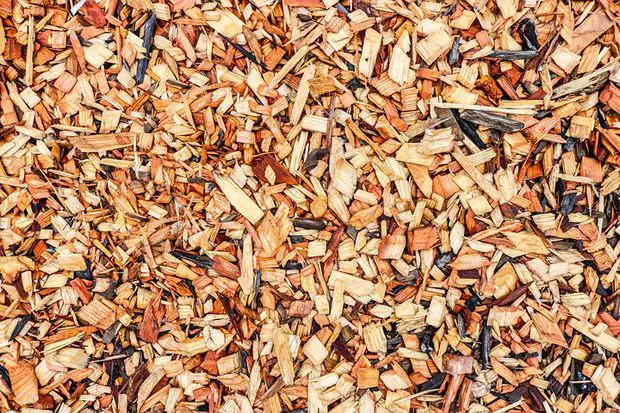
Step-by-step instructions:
Choose the right type of mulch for your Asiatic jasmine plant. Organic mulches like wood chips, shredded leaves, or pine needles are best because they break down over time and add nutrients to the soil.
Inorganic mulches like gravel or stones can also be used, but they do not provide any nutrients to the soil.
Prepare the area around the Asiatic jasmine plant by removing any visible weeds or debris. This will ensure that the mulch is applied to a clean and weed-free area.
Spread the mulch around the base of the Asiatic jasmine plant, making sure to cover the soil completely. The mulch should be applied to a depth of 2-3 inches.
Use a rake or your hands to spread the mulch evenly around the plant. Be careful not to cover the stems or leaves of the Asiatic jasmine plant, as this can cause them to rot.
Check the mulch periodically to make sure it is still evenly distributed and has not become compacted. If the mulch has become compacted, loosen it with a rake or cultivator to allow water and air to penetrate the soil.
Reapply the mulch as needed. Organic mulches will break down over time and need to be replenished every 1-2 years. Inorganic mulches can last longer, but may need to be topped up periodically to maintain their appearance.
Monitor the Asiatic jasmine plant for any signs of stress or disease. While mulch can help control weeds and retain moisture, it can also create a damp environment that is favorable for fungal diseases.
*Safety precautions: Use a mask or respirator when applying mulch to prevent inhalation of dust or mold spores.
Herbicides
Herbicides are chemicals that are used to kill or control weeds. They can be either synthetic or organic and can be applied either directly to the weed or to the soil.
Some herbicides are selective, meaning they only kill specific types of weeds, while others are non-selective and can kill any plant they come into contact with.
It is important to use herbicides carefully and according to the label instructions to prevent damage to your Asiatic jasmine plant.
When using herbicides to control weeds in Asiatic jasmine, it is important to follow safety guidelines to avoid harm to yourself, your plants, and the environment.
Step-by-step instructions:
Choose the right herbicide for your needs. There are two main types of herbicides: selective and non-selective.
Selective herbicides only target specific types of weeds and are safer to use around desirable plants like Asiatic jasmine.
Non-selective herbicides, on the other hand, will kill any plant they come in contact with, so they should only be used in areas where no plants are present.
Read the label carefully before using the herbicide. The label will provide information on the active ingredients, application rates, and safety precautions.
Put on protective clothing and equipment, including gloves, long sleeves, pants, closed-toe shoes, and eye protection.
Avoid applying herbicides on a windy day to prevent the herbicide from drifting and harming other plants.
Spot-treat the weeds with the herbicide using a spray bottle or a pump sprayer. Be careful not to spray the Asiatic jasmine plant or other desirable plants. Only spray the weeds and the surrounding soil.
Wait for the herbicide to take effect. The time it takes for the herbicide to work depends on the type of herbicide and the size and type of weed. Read the label for specific instructions.
After the herbicide has taken effect, remove the dead weeds by hand or rake them out. Avoid leaving dead weeds in place as they can attract pests and diseases.
Monitor the Asiatic jasmine plant for any signs of stress or damage. If the plant appears to be affected by the herbicide, flush the area with water to remove any residual herbicide and seek professional help if needed.
*Safety precautions: Always read and follow the label instructions carefully, and wear protective clothing and equipment to prevent skin and respiratory irritation.
Avoid using herbicides on windy days to prevent drift onto nearby plants.
Cultivation
Cultivation involves using a hoe or cultivator to break up the soil around your Asiatic jasmine plant, which can disrupt weed growth and prevent weeds from becoming established.
This method is best used on small weeds before they become too large and difficult to remove.
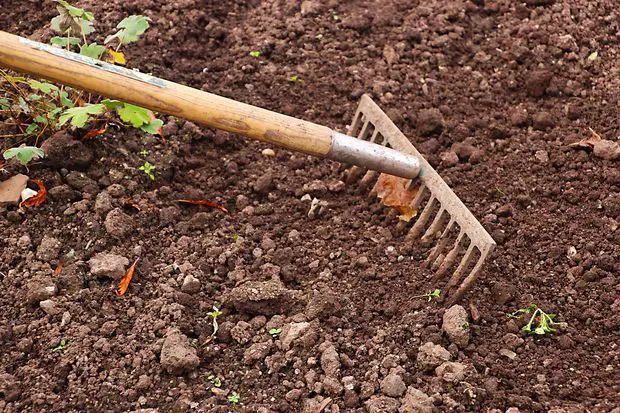
Step-by-step instructions:
Choose the right tool for the job. A hoe, cultivator, or hand fork can be used to cultivate the soil around the Asiatic jasmine plant.
Choose a tool that is appropriate for the size and density of the weeds you are trying to remove.
Wear protective clothing and equipment, including gloves, long sleeves, pants, closed-toe shoes, and eye protection. It's also a good idea to wear a dust mask to avoid inhaling soil particles.
Use the tool to carefully loosen the soil around the Asiatic jasmine plant, being careful not to disturb the roots of the plant. Start at the base of the plant and work outward, removing any weeds that come into contact with the tool.
Remove the weeds from the soil by hand or using a rake. Make sure to remove the entire weed, including the roots, to prevent regrowth.
Dispose of the weeds properly. Do not leave the weeds in the garden, as they can re-root and spread. Instead, place them in a compost pile or dispose of them in the trash.
Repeat the process as needed. Cultivation should be done on a regular basis to prevent weeds from becoming established. Depending on the density of the weed population, cultivation may need to be done every week or two.
*Safety precautions: Wear gloves to protect your hands from cuts and scrapes. Be careful not to damage the Asiatic jasmine plant while cultivating.
Just remember, a combination of these methods may be the most effective way to control weeds in your Asiatic jasmine garden.
Always read and follow label instructions carefully, and wear protective clothing and equipment to prevent skin and respiratory irritation when using herbicides.
Cover crops
Cover crops are plants that are grown specifically to suppress weed growth. They are typically planted in the fall and allowed to grow throughout the winter before being tilled into the soil in the spring.
Some examples of cover crops include winter rye, succulents, and vetch.
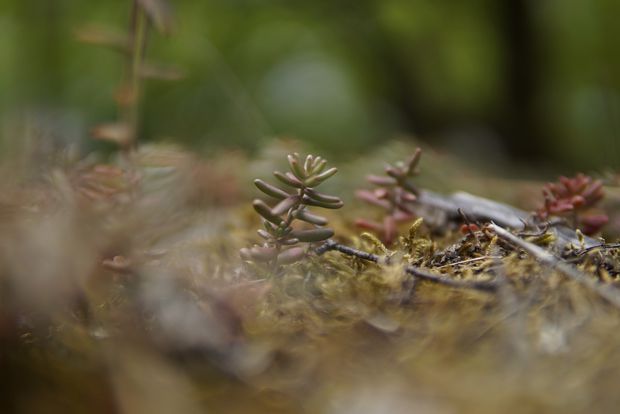
What can you spray on jasmine to kill weeds?
While herbicides can be effective in killing weeds, it is important to use them carefully around your Asiatic jasmine plant to avoid damaging it.
Some herbicides that are labelled for use around ornamental plants like jasmine include glyphosate, 2,4-D, and dicamba.
These herbicides can be applied directly to the weed or to the soil, depending on the type of herbicide and the specific weed problem you are facing.
However, before using any herbicide, it is important to read and follow the label instructions carefully, as misuse or overuse of herbicides can lead to damage or death of your Asiatic jasmine plant or other nearby plants.
Additionally, some herbicides may have restrictions on their use depending on your location or local regulations, so be sure to check with your local extension office or garden centre before using any herbicide on your Asiatic jasmine or other plants.
Alternatively, hand weeding or mulching can be effective and safer options for controlling weeds around your Asiatic jasmine plant as we have described above.
How do you keep weeds out of jasmine? Prevention strategies
Maintaining a healthy Asiatic jasmine plant is key to preventing weeds from taking over your garden. Here are some tips for keeping your plant healthy and vigorous:
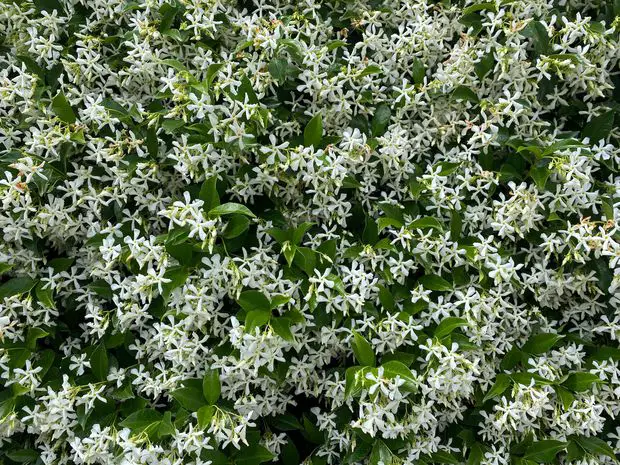
Final Thoughts
Weeds can quickly take over and suffocate your Asiatic Jasmine, so it is important to take action to prevent and control them.
Whether you choose to hand weed, mulch, use herbicides, or cultivate, there are several effective methods for removing weeds and keeping them from coming back.
Lastly, taking steps to maintain a healthy and vigorous Asiatic jasmine plant, can also help to prevent weeds from taking over in the first place.
Hopefully, this article has provided valuable information and practical tips for controlling weeds in your Asiatic jasmine garden.
If you found this article helpful, please consider sharing it with others who may benefit from this information!
